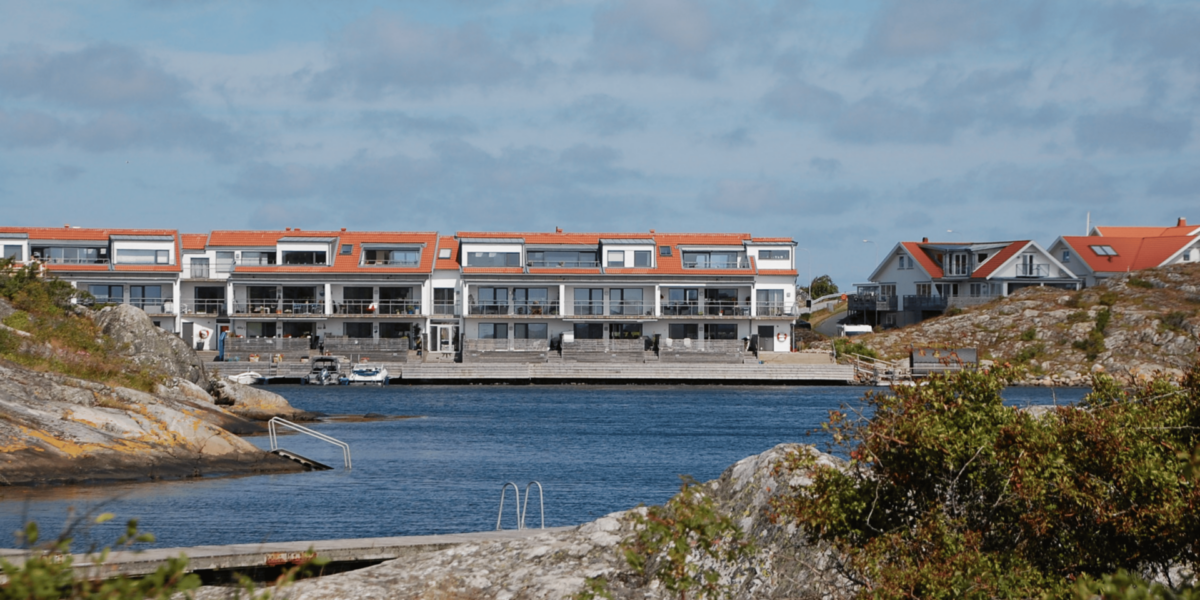Spaces designed for movement and play shape how people experience activity. Whether built for sports, leisure, or recreation, these spaces are more than open fields or gym floors. They rely on purposeful architecture that supports motion, encourages interaction, and enhances performance. Good design removes barriers. Great design invites people to move without hesitation.
Understanding the structure behind these spaces helps explain how architecture can influence behavior, safety, and engagement in sports and recreational environments.
Spatial Design Shapes Physical Flow
The layout of a space determines how people move through it.
Architects use spatial planning to support natural movement. Paths, entry points, and sightlines must work together to reduce congestion and improve safety. In sports facilities, the flow from entrances to courts, fields, or locker rooms must be direct and accessible. A clear route keeps players focused and prevents unnecessary delays.
When athletes enter a facility, they follow a path that leads them to warm-up zones, changing areas, and game spaces without confusion. This seamless movement saves time and supports better preparation for activity.
Surface Selection Impacts Safety and Performance
The type of surface used in a play area affects both injury prevention and movement efficiency.
Each sport and activity requires specific flooring to support different types of motion. For example, running surfaces must absorb shock, while court materials must offer grip without resistance. Outdoor play areas need weather-resistant turf or rubber that protects users from slips or falls.
When surfaces match the demands of the activity, participants can move with more confidence. The right materials reduce strain, support agility, and extend the lifespan of the space.
Lighting Design Enhances Visibility and Energy
Proper lighting helps maintain energy and safety in activity-based spaces.
Architects must balance natural and artificial light to reduce shadows and prevent glare. Bright, even lighting ensures players can track objects, read spaces, and stay aware of others. In indoor environments, consistent lighting creates better focus and reaction times.
A player moving across a court needs to see the entire area without dark spots or reflections. Light placement should support the pace of movement and adjust for different times of day or types of events.
Ventilation and Acoustics Influence Comfort
The internal environment must support physical activity without causing discomfort.
Ventilation systems help regulate temperature and air quality. In high-traffic or enclosed areas, these systems keep the space usable for long periods. Sound design also plays a role. Controlled acoustics prevent noise from becoming a distraction or safety issue.
When dozens of people move, speak, and cheer at once, poor acoustics create confusion. Thoughtful architecture includes materials that absorb sound in the right places and allow airflow that supports high activity levels.
Flexible Spaces Adapt to Changing Needs
Modular design allows for quick reconfiguration of movement spaces.
Modern sports and recreation architecture must be flexible. Pop-up courts, retractable walls, and movable equipment allow one space to serve multiple functions. This adaptability supports year-round usage and makes the facility more inclusive.
A gym that hosts team practice in the morning may transform into a yoga space by afternoon. Architecture that supports transformation keeps the space active and accessible throughout the day.
Accessibility Design Supports Inclusive Movement
Facilities must remove physical barriers to allow all users equal access.
Inclusive architecture considers people with varying mobility, age, and ability. Ramps, wider doorways, tactile flooring, and visual signage help users move freely and safely. Bathrooms, entrances, and seating areas must also be designed for universal use.
When someone with limited mobility enters a sports venue, they should find clear routes, easy entry, and accessible amenities without asking for assistance. Architecture must serve all users equally, and inclusive design is key to achieving that goal.
Visual Design Signals Activity Zones
Color, texture, and signage help guide users through spaces without verbal instruction.
Designers use visual cues to mark zones for activity, rest, or transition. Color-coded lines, distinct floor patterns, and signs with clear symbols help users understand where they are and what to do next. These visual elements reduce hesitation and speed up decision-making.
A visitor in a large facility should be able to identify the basketball court, spectator seating, and locker rooms at a glance. When visual language aligns with spatial function, movement becomes more intuitive.
Outdoor Integration Extends Use Beyond Walls
Architecture that blends indoor and outdoor spaces expands opportunity for movement.
Designers often incorporate sliding walls, open walkways, and outdoor training areas to make the most of natural space. This approach increases ventilation, saves energy, and allows users to switch environments without disruption.
A sports facility that connects directly to an open-air running track invites users to continue activity beyond the building. Outdoor integration makes physical space feel larger and more adaptable.
Structural Durability Ensures Long-Term Use
Strong materials and smart construction reduce the need for constant repair.
Spaces built for movement endure heavy wear. From repeated impact to daily cleaning, every surface and structure must hold up under pressure. Architects select materials that withstand use while maintaining safety and appearance.
A climbing wall, for example, must resist friction and force without wearing down or becoming unsafe. Durable materials extend the life of the facility and reduce downtime for repairs.
Smart Technology Supports Real-Time Use
Digital systems enhance user interaction and facility management.
Many modern sports facilities include integrated tech such as motion sensors, smart lighting, and digital scoreboards. These systems adapt in real time to how people move and use the space. They can track occupancy, automate lighting schedules, or adjust climate settings based on activity levels.
A gym that dims lights in unused zones and increases airflow when activity spikes uses energy more efficiently. These tech tools improve comfort and control without requiring constant staff input.

